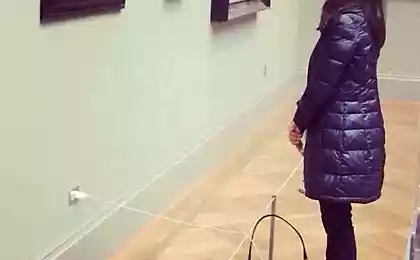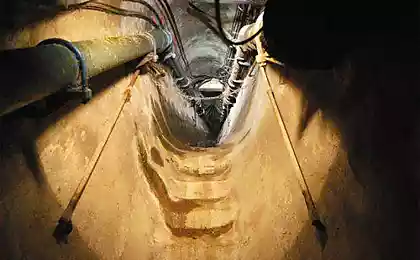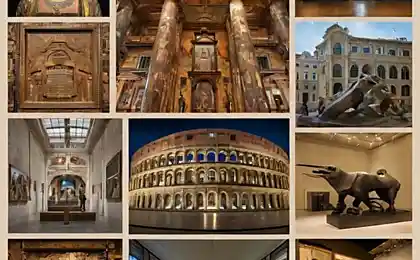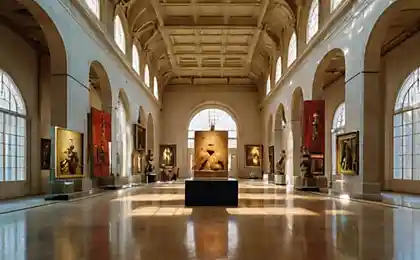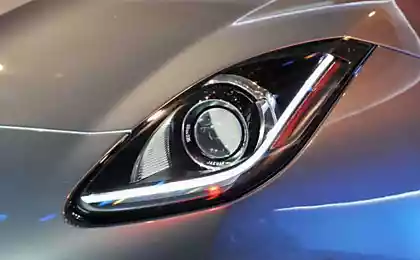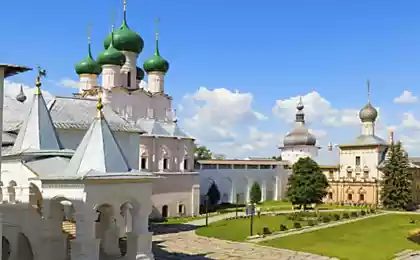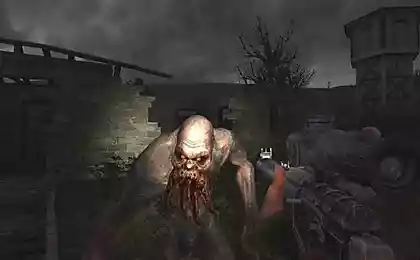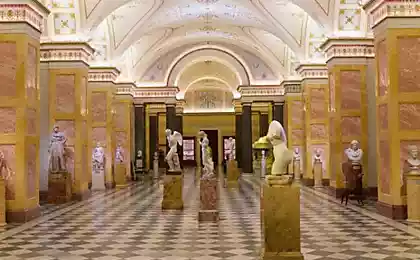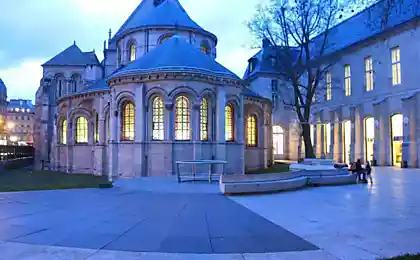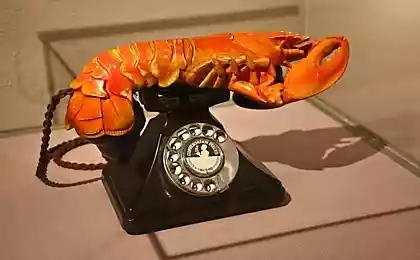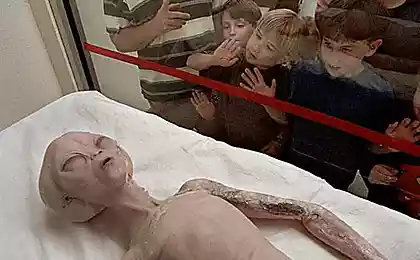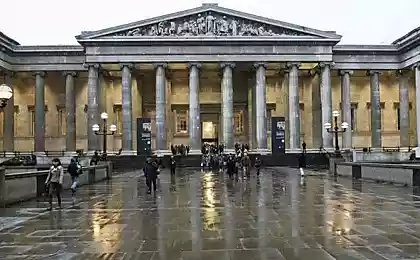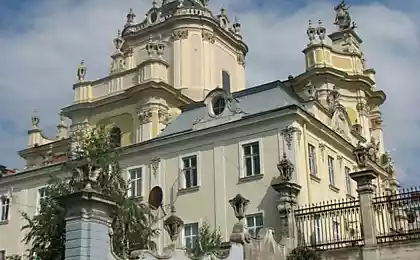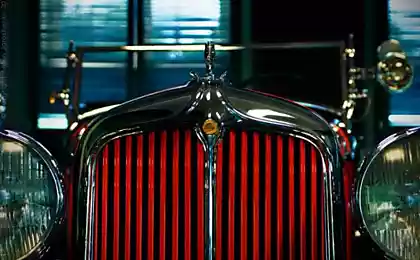1432
Telecommunications Museum in Frankfurt (34 photos)
Today we visit the Museum of Telecommunications in Frankfurt (Ger. Museum für Kommunikation Frankfurt).
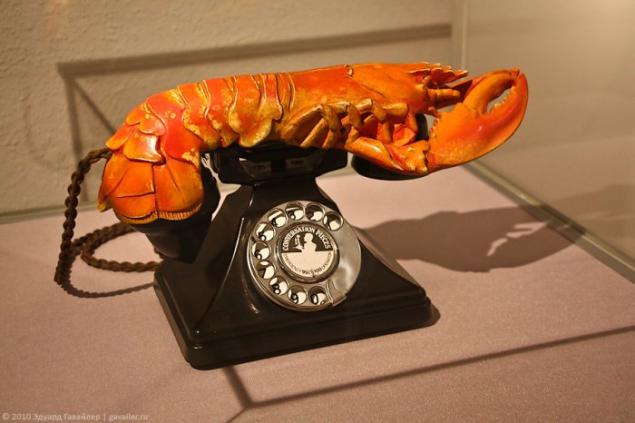
Stands are designed so that the visitor, moving on exposure, has the opportunity to observe the development of methods, tools, forms of communication, the development of human civilization.
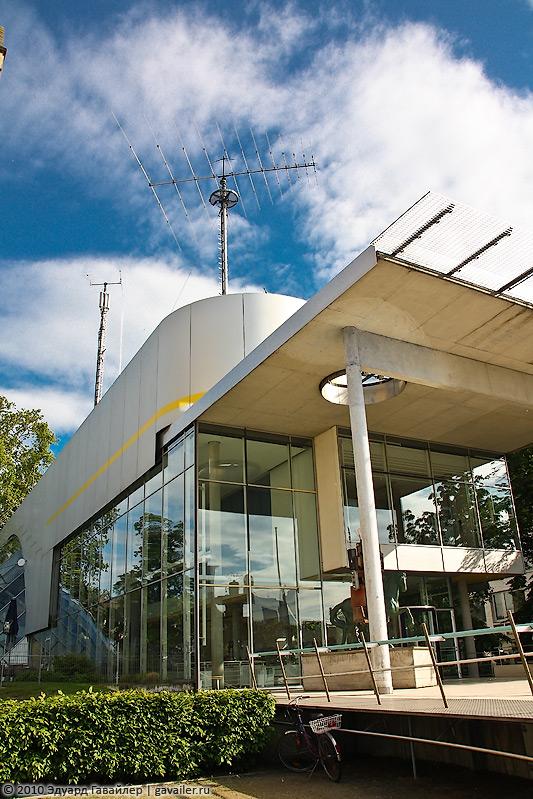
Find Museum of the City were not working. It is located on the waterfront museum.
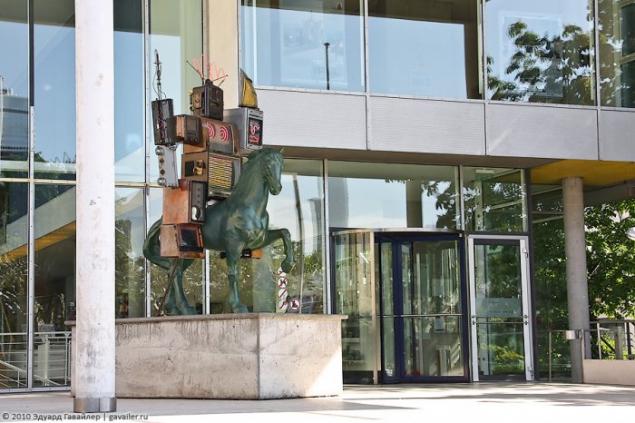
At the entrance we are met here this futuristic rider.
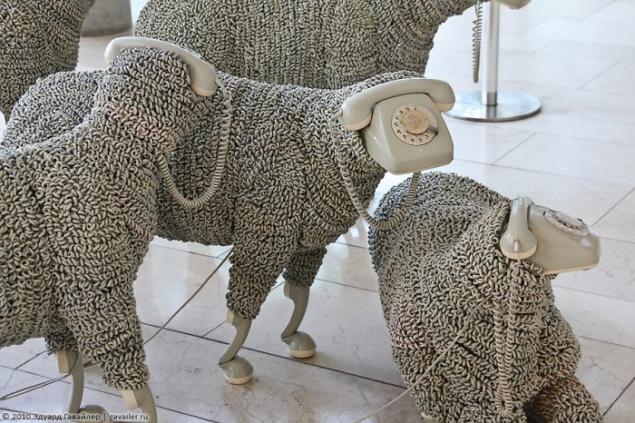
And in the lobby here are lamb from the telephone instead snouts goals.
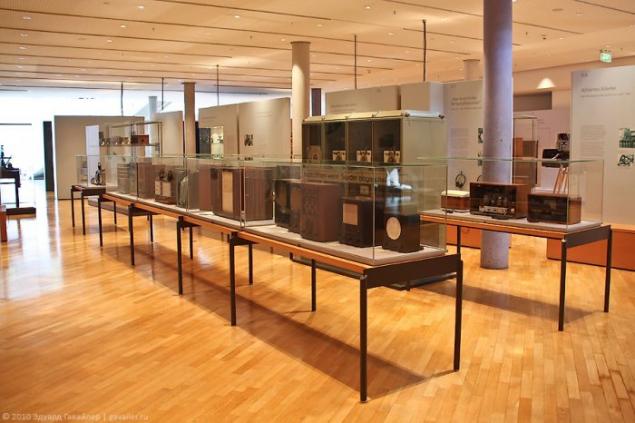
The price of admission will be only a few euros. We go inside.
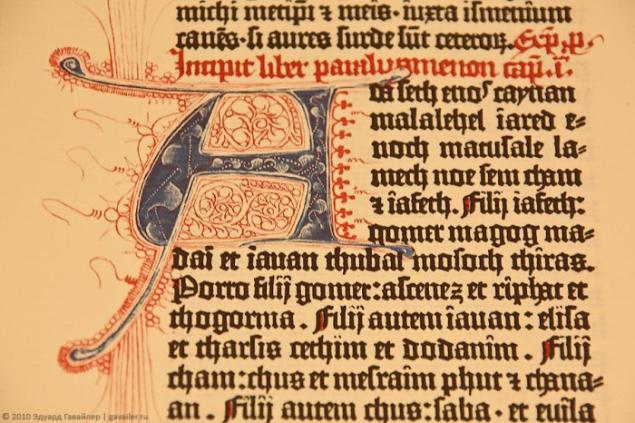
Much of the exhibition is devoted to the history of the mail. Prehistoric people used to transmit important information voice, drums, fire and smoke. With the emergence of writing became the transmitted information in writing, which marked the beginning of postal service.
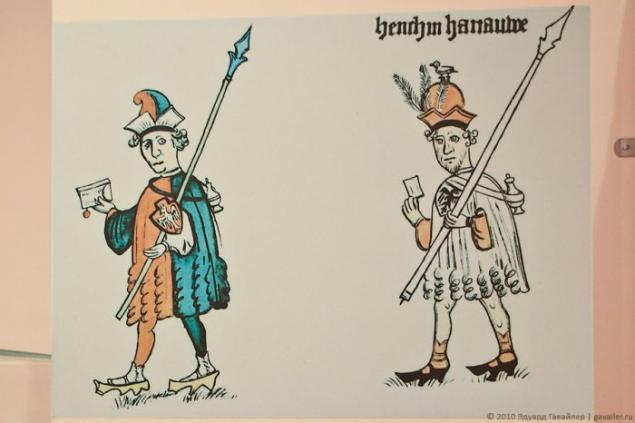
Need for getting news was met by the messengers. Initially, hiking,
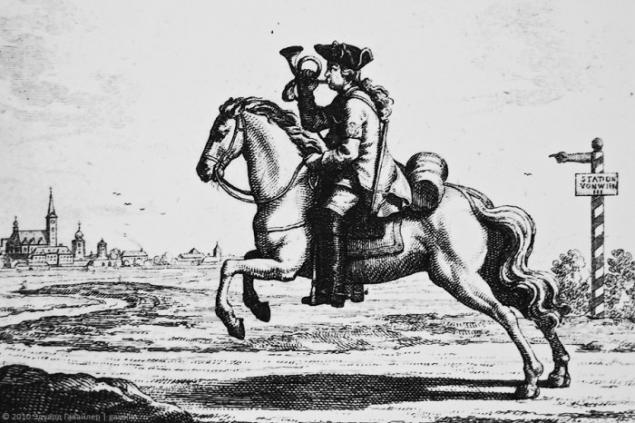
then the horse.
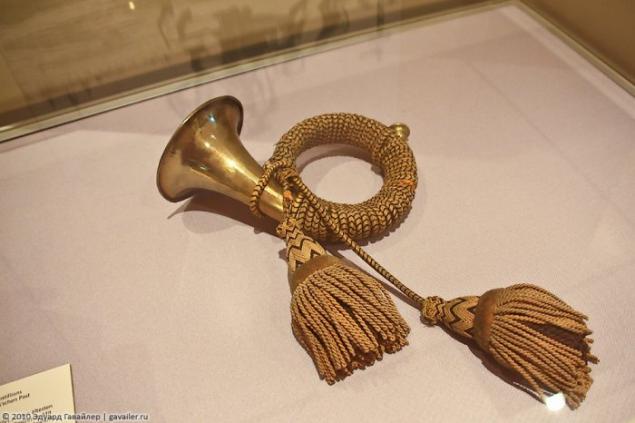
It looks like the postal horn, served to signal the arrival of the mail, which later became a symbol of international mail, as well as a key element of the logo Doychepost
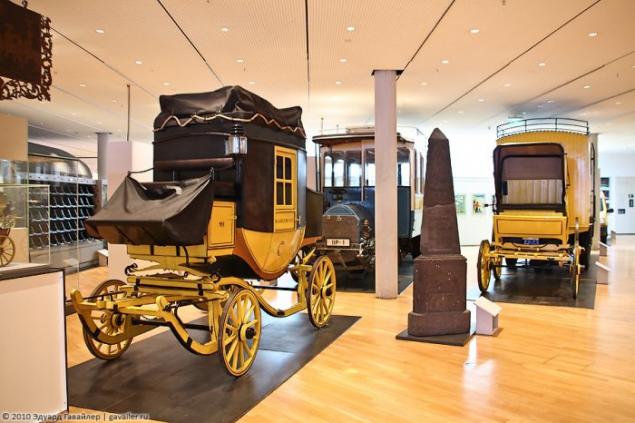
Much later began to use other ways to deliver information.
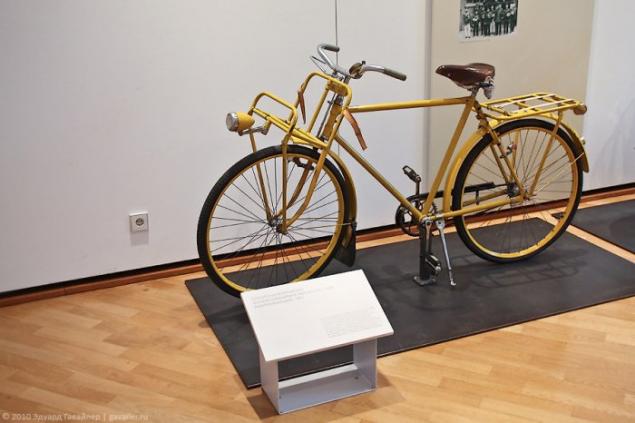
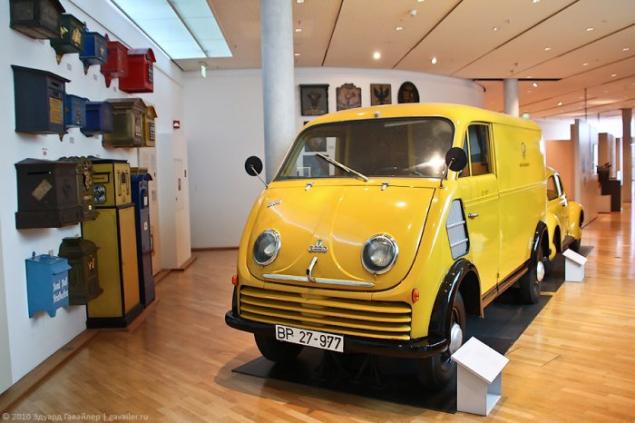
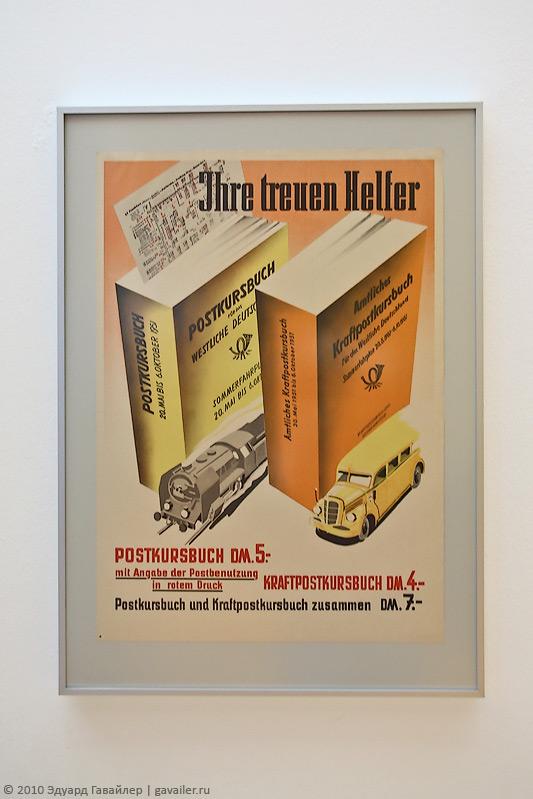
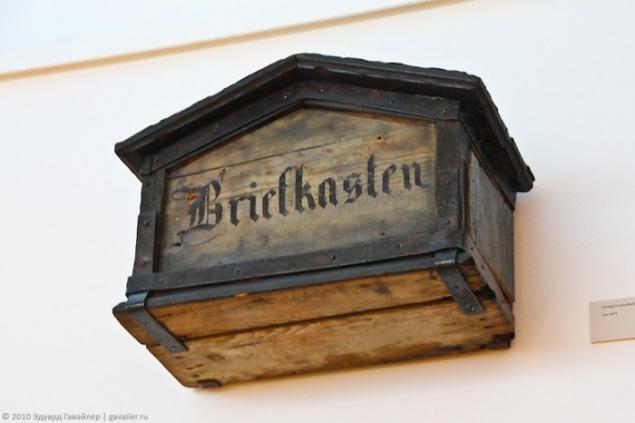
The museum houses an interesting collection of German mailboxes in different years,
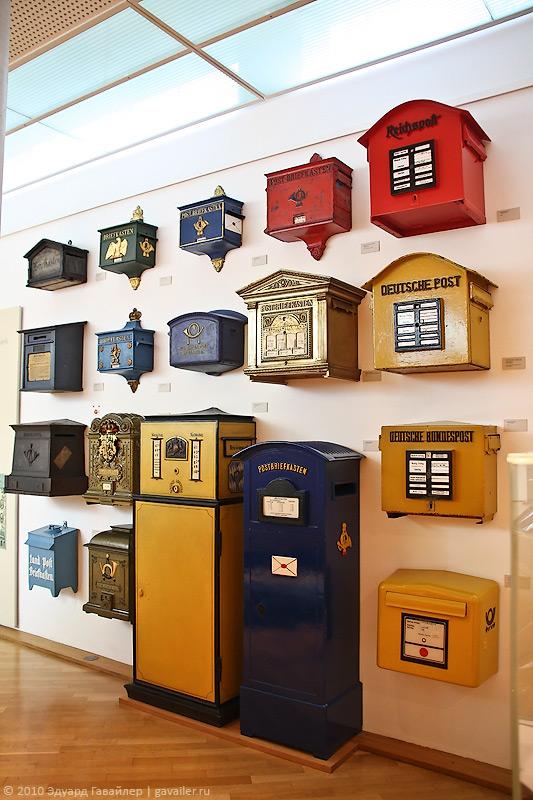
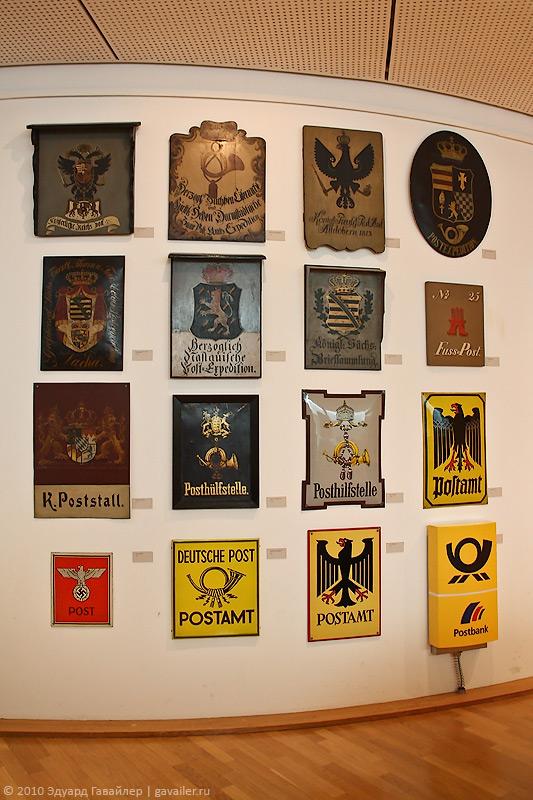
post signage,
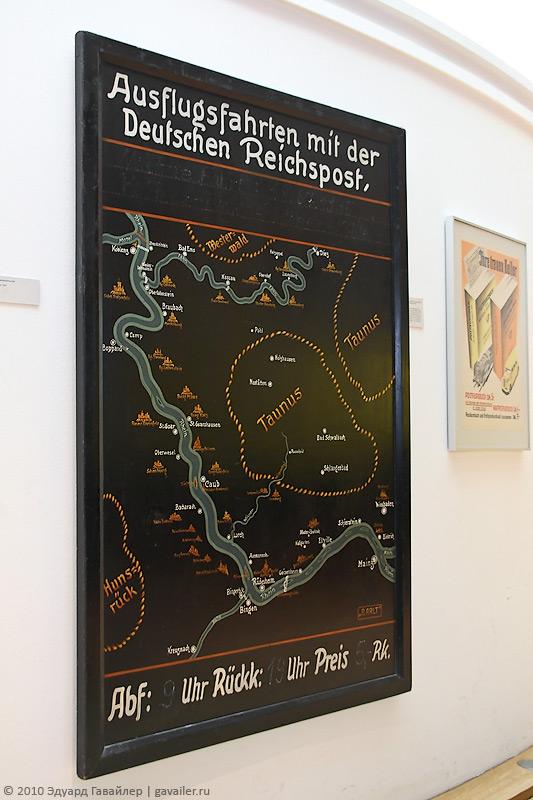
various post cards. For example, the map looks like the times of the Third Reich (while most labels, signs, maps and plans were black):
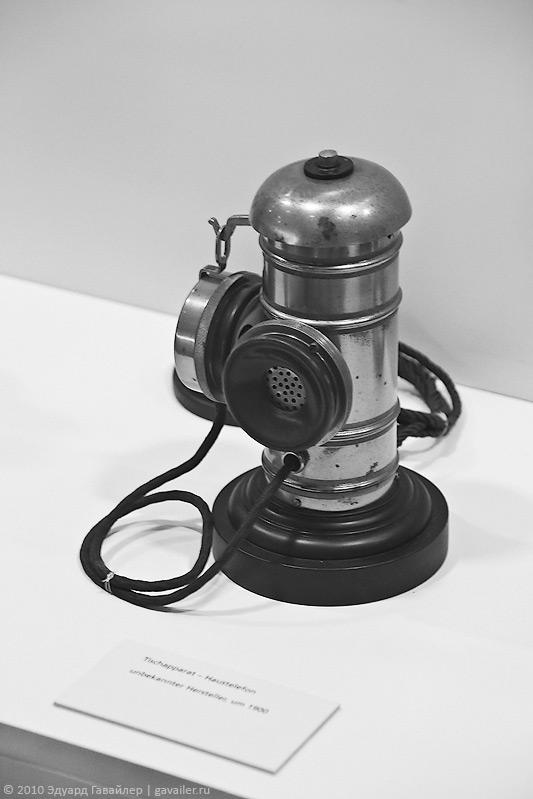
At the end of the eighteenth century there was an optical telegraph. He was eventually supplanted the electric telegraph and then the telephone.
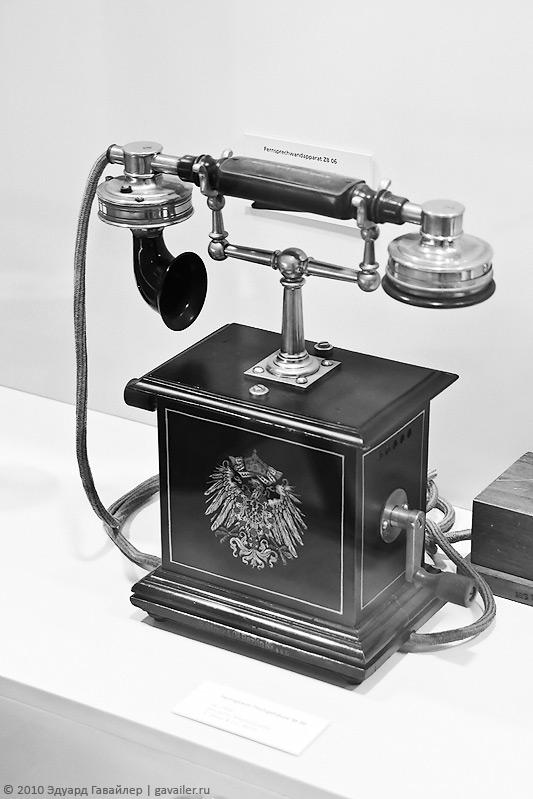
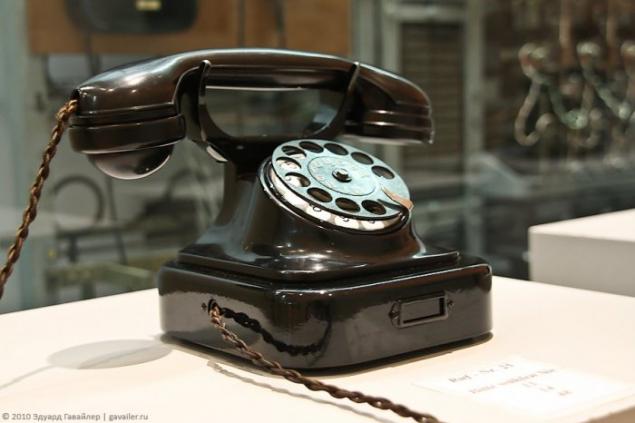
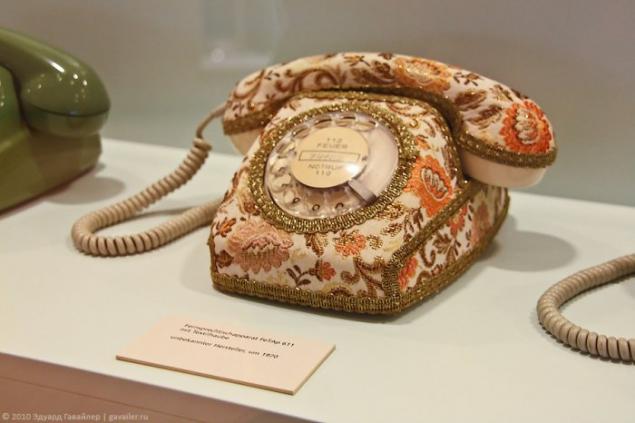
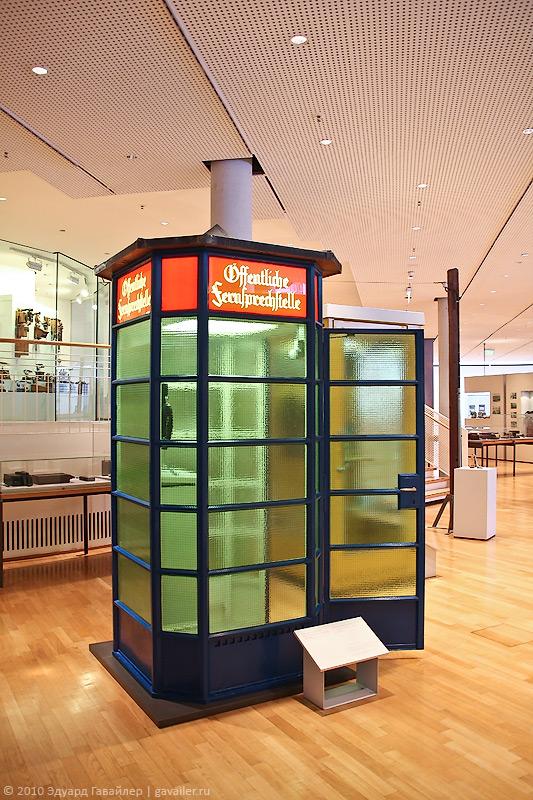
German phone booth in 1927.
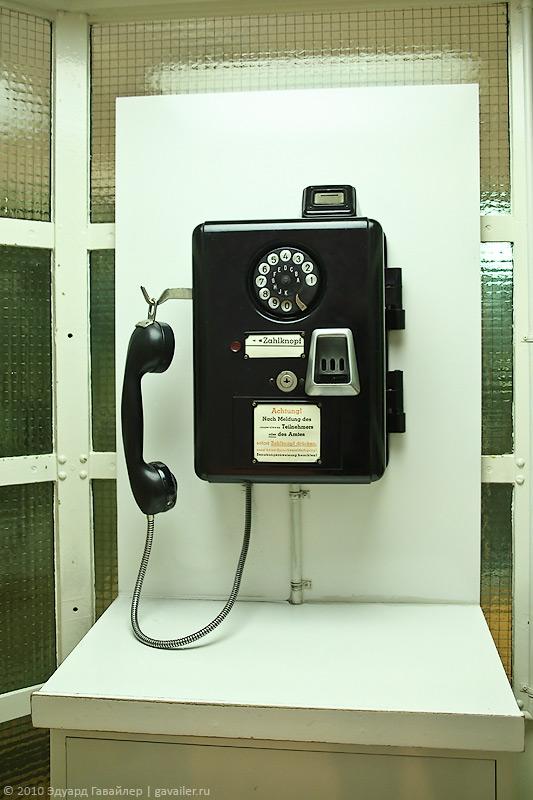
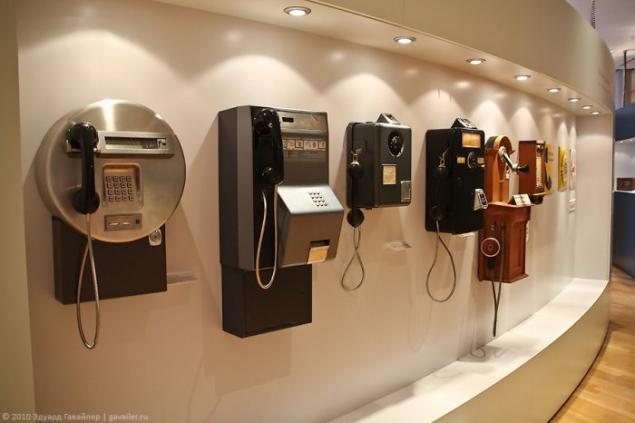
Collection of street telephone machines,
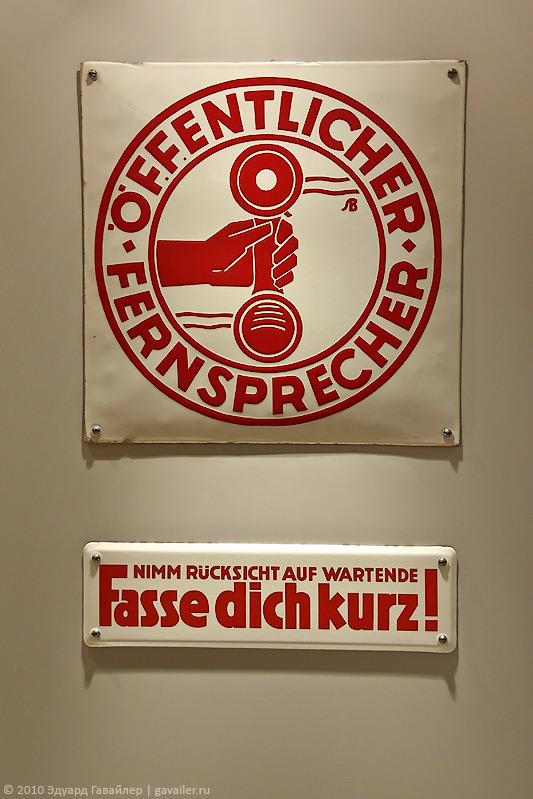
Collections payphone tablets.
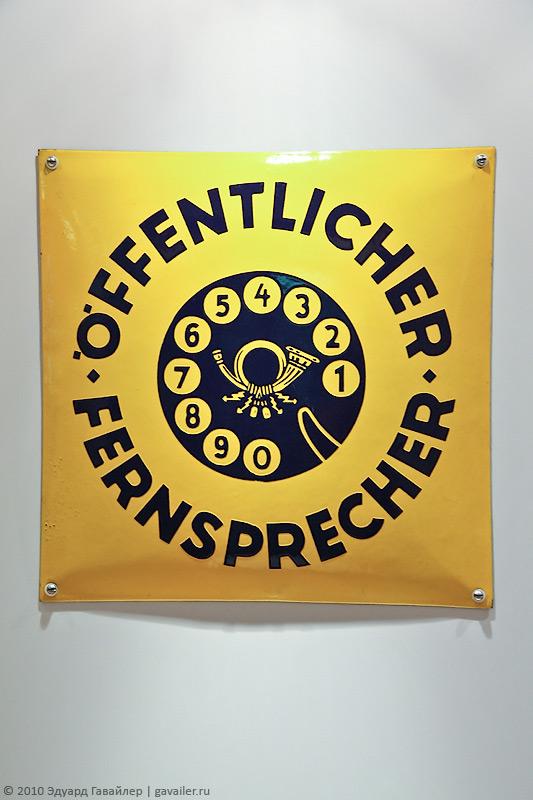
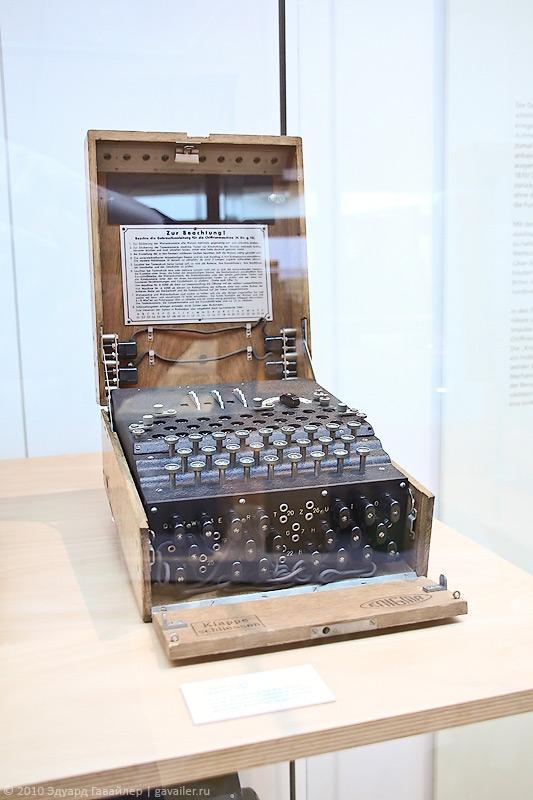
Cryptographic typewriter 3-Walzen-Enigma 1936.
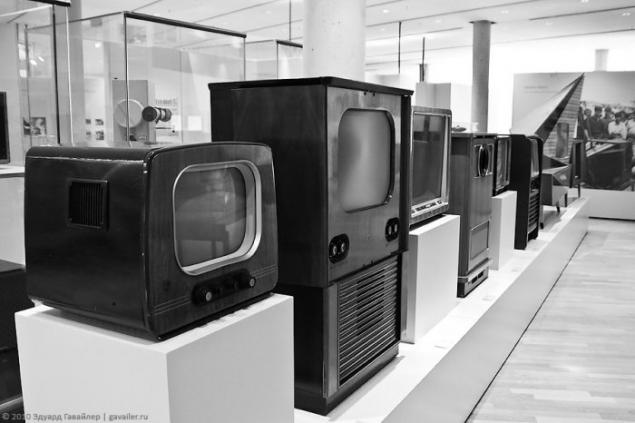
On the other stands, you meet a lot of radios and televisions.
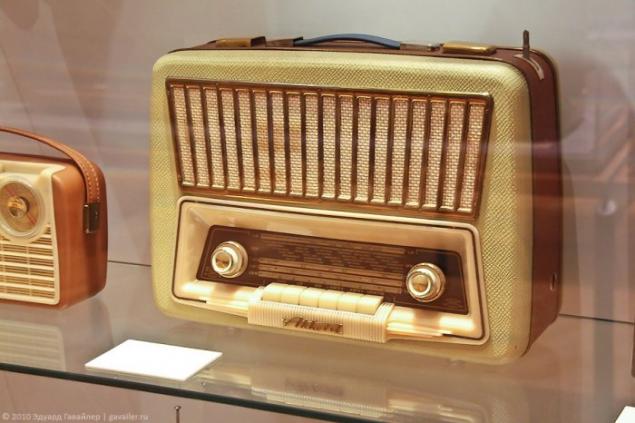
Radio Akkord Transola Lux 1957.
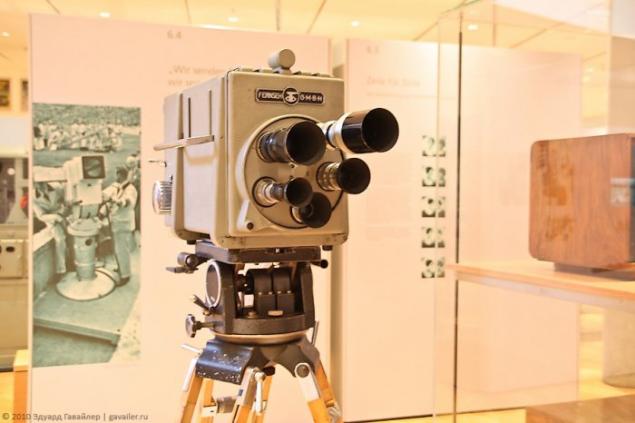
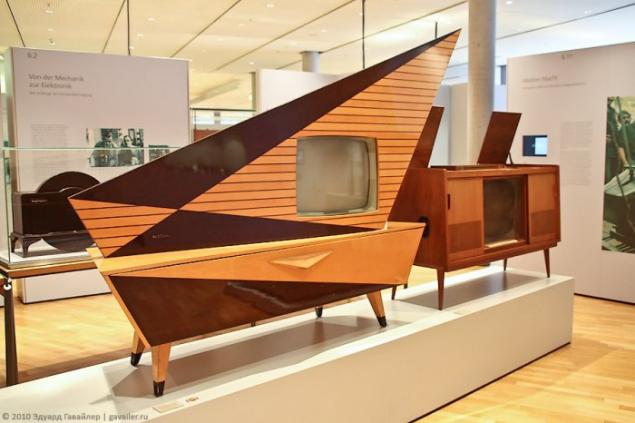
Cuban television "Comet" 1960/61. His I met (see. Record Online Radio Berlin-Brandenburg).
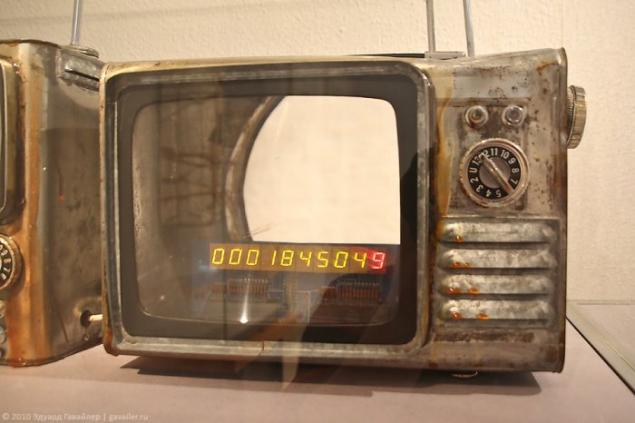
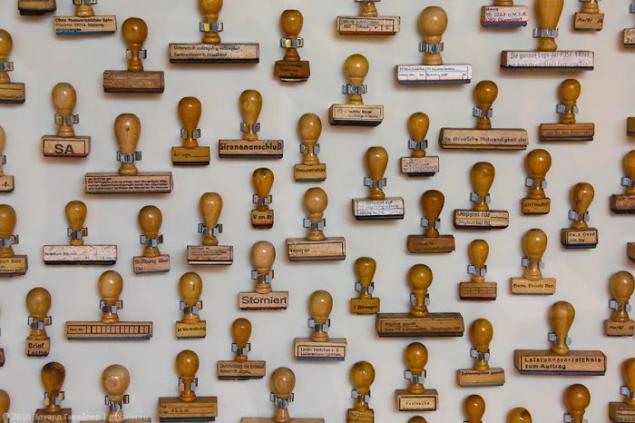
For myself, in the museum, I learned a lot, for example, watched a video on how the letters are sorted and delivered, ultimately, to the recipient. An idea to make a report on the work of the German post. On the upper floors there are also other exhibition halls (such as exposition of the Berlin Museum of money, photo exhibitions and so forth.). Museum very much, all advise.

Stands are designed so that the visitor, moving on exposure, has the opportunity to observe the development of methods, tools, forms of communication, the development of human civilization.

Find Museum of the City were not working. It is located on the waterfront museum.

At the entrance we are met here this futuristic rider.

And in the lobby here are lamb from the telephone instead snouts goals.

The price of admission will be only a few euros. We go inside.

Much of the exhibition is devoted to the history of the mail. Prehistoric people used to transmit important information voice, drums, fire and smoke. With the emergence of writing became the transmitted information in writing, which marked the beginning of postal service.

Need for getting news was met by the messengers. Initially, hiking,

then the horse.

It looks like the postal horn, served to signal the arrival of the mail, which later became a symbol of international mail, as well as a key element of the logo Doychepost

Much later began to use other ways to deliver information.




The museum houses an interesting collection of German mailboxes in different years,


post signage,

various post cards. For example, the map looks like the times of the Third Reich (while most labels, signs, maps and plans were black):

At the end of the eighteenth century there was an optical telegraph. He was eventually supplanted the electric telegraph and then the telephone.




German phone booth in 1927.


Collection of street telephone machines,

Collections payphone tablets.


Cryptographic typewriter 3-Walzen-Enigma 1936.

On the other stands, you meet a lot of radios and televisions.

Radio Akkord Transola Lux 1957.


Cuban television "Comet" 1960/61. His I met (see. Record Online Radio Berlin-Brandenburg).


For myself, in the museum, I learned a lot, for example, watched a video on how the letters are sorted and delivered, ultimately, to the recipient. An idea to make a report on the work of the German post. On the upper floors there are also other exhibition halls (such as exposition of the Berlin Museum of money, photo exhibitions and so forth.). Museum very much, all advise.

